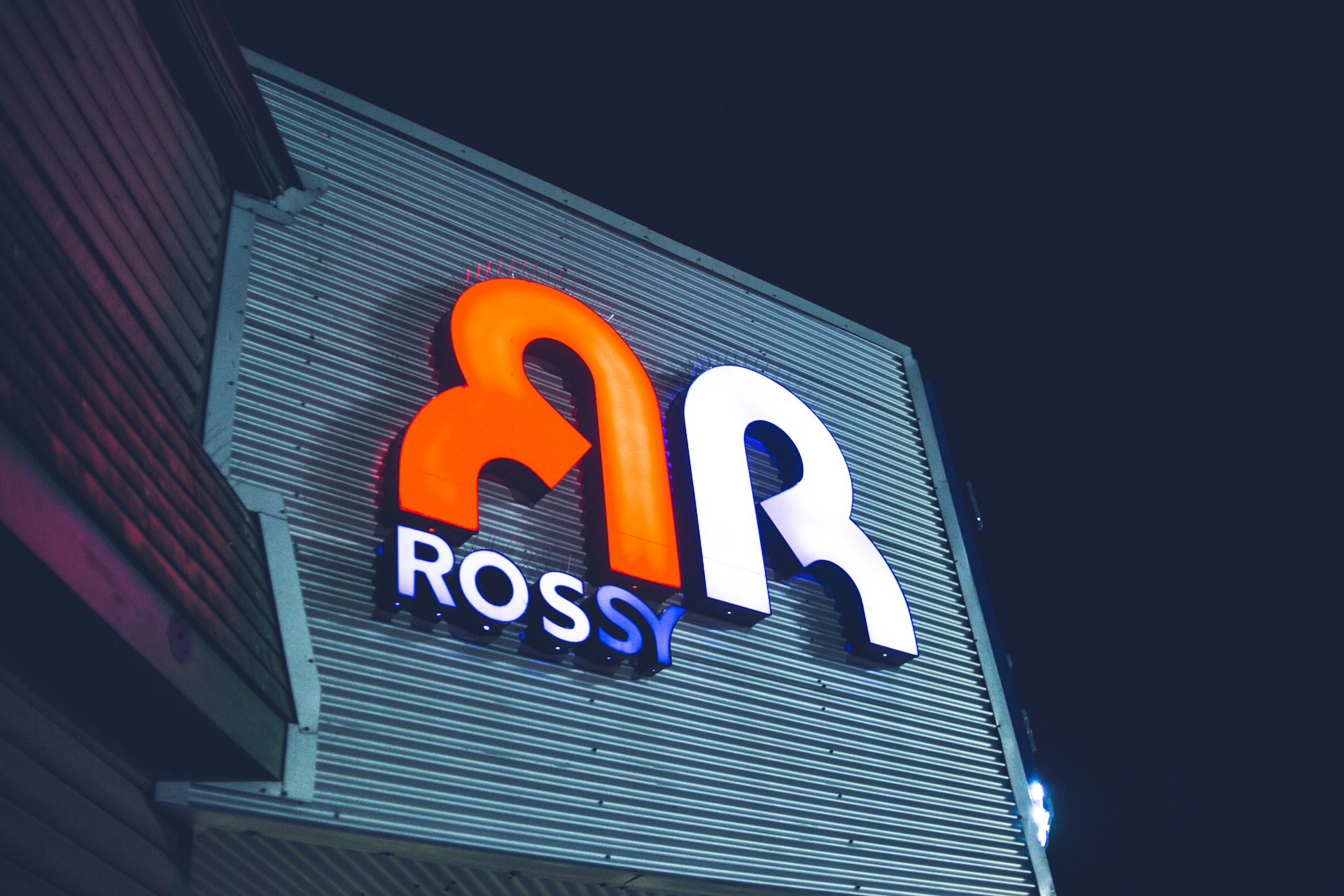Unlocking the Power of Cooperative Storytelling: How Groups Are Transforming the Narrative Experience

Photo by Phil Hearing on Unsplash
The Evolution of Cooperative Storytelling Experiences
Cooperative storytelling has undergone a renaissance in recent years, emerging as a powerful force in entertainment, education, and team-building. Unlike traditional storytelling-where a single author or narrator controls the narrative-cooperative storytelling invites groups to collectively create, adapt, and steer the story together. This approach fosters creativity, inclusivity, and a sense of shared accomplishment, making it increasingly popular in both personal and professional settings [5] .
What Is Cooperative Storytelling?
At its core, cooperative storytelling is a process where multiple participants collaborate to develop a narrative, often taking turns or contributing ideas at each stage. This can occur in many contexts-around a dinner table, in a classroom, at a team offsite, or during a board or roleplaying game session. The goal is to produce a story that is richer and more surprising than any single participant might create alone [2] .
There are several established methods and games designed specifically for co-op storytelling:
- Progressive Storytelling: Each participant adds a sentence or paragraph, building on what has come before [2] .
- Roleplaying Games (RPGs): Players assume characters and make choices that drive the narrative, guided by a game master or facilitator [4] .
- Storybook Board Games: Games like “Roll Player Adventures” and “Adventure Games: The Dungeon” offer structured, collaborative narratives with branching choices [1] [5] .
Benefits of Cooperative Storytelling
Embracing cooperative storytelling offers a range of unique benefits:
- Creativity Boost: Engaging with others encourages out-of-the-box thinking and novel storylines, as each participant brings a unique perspective [3] .
- Teamwork and Communication: Participants must listen, adapt, and build on one another’s contributions, strengthening interpersonal skills [2] .
- Educational Value: In classroom settings, cooperative storytelling can enhance language skills, memory, and empathy among students [2] .
- Inclusive Fun: Because these experiences are group-driven, they can be tailored to all ages and backgrounds, making them accessible and enjoyable for diverse participants [5] .
Real-World Examples and Case Studies
Cooperative storytelling is thriving across a variety of platforms and communities. Here are a few notable examples:
Board Games: Titles like “Roll Player Adventures” and “Vagrantsong” immerse players in rich, branching narratives where choices shape outcomes. These games are designed specifically for group play, keeping all participants engaged and invested in the story [1] .
Classroom Activities: Teachers often use progressive storytelling circles to build language and social skills. For instance, students sit in a circle, each adding to the story. This format not only entertains but also develops memory, cooperation, and listening abilities [2] .
Corporate Team Building: Many organizations employ group storytelling exercises to break the ice and foster collaboration. Virtual platforms like Livestorm provide instructions for running group storytelling games, which can be customized to fit remote or in-person teams [3] .

Photo by Brian Suman on Unsplash
Roleplaying Games: Tabletop RPGs such as “Dungeons & Dragons” and story-focused games like “Fiasco” or “The Extraordinary Adventures of Baron Munchausen” offer deep, interactive experiences where the narrative emerges from player decisions [4] .
Step-by-Step Guidance: Starting Your Own Co-op Storytelling Experience
If you want to start a cooperative storytelling session, you do not need special equipment or prior experience. Follow these practical steps for a successful experience:
- Gather Your Group: Cooperative storytelling works best with 3 or more participants. For classroom or party settings, 5-10 players allows everyone to contribute meaningfully [2] .
- Choose a Format: Decide whether you want a structured game (such as a board game or RPG) or a freeform approach (such as a storytelling circle or sentence-by-sentence challenge) [1] [4] .
- Set the Scene: Brainstorm a theme or prompt to kick off the story. This could be as simple as “A mysterious event in a quiet village” or “A lost dog’s journey home” [2] .
- Establish Rules: Agree on basic guidelines, such as how turns are taken, whether the story must remain lighthearted or can include dramatic twists, and how to end the session [3] .
- Start the Story: The first player offers an opening sentence or paragraph, then each participant adds to the tale in turn, building on previous contributions [2] .
- Encourage Creativity: Prompt participants to think outside the box and support each other’s ideas. Remind everyone to listen actively and adapt their contributions for narrative coherence [3] .
- Conclude and Reflect: Once the story wraps up, discuss the experience. What twists surprised the group? How did collaboration shape the outcome? This reflection deepens learning and enjoyment [2] .
Implementation Challenges and Solutions
While co-op storytelling offers many benefits, there are potential obstacles:
- Dominant Voices: Some participants may steer the narrative or overshadow quieter members. Solution: Establish turn-taking rules and encourage equal participation.
- Stalling or Lack of Ideas: The story may stall if players struggle for inspiration. Solution: Use prompts, images, or random word generators to spark creativity.
- Conflicting Ideas: Participants may disagree on story direction. Solution: Remind the group that unpredictability is part of the fun and encourage compromise.
Adaptability is key-try different formats and adjust your approach based on group preferences and dynamics.
Alternative Approaches and Expanding Your Experience
Beyond the classic formats, there are many ways to enrich co-op storytelling sessions:
- Digital Platforms: Use online meeting tools or dedicated storytelling apps to connect remote participants. Search for “virtual storytelling games” for current options.
- Hybrid Models: Combine cooperative storytelling with art, music, or video for multimedia narratives.
- Educational Integration: Teachers can weave cooperative storytelling into lesson plans to reinforce history, science, or creative writing topics.
How to Find and Access Cooperative Storytelling Games and Resources
If you’re interested in exploring structured co-op storytelling games, you can:
- Visit your local board game store and ask for “cooperative storytelling games” recommendations.
- Search online retailers and gaming communities for titles like “Roll Player Adventures,” “Adventure Games: The Dungeon,” or “Vagrantsong.” Always check product reviews and ratings for current information.
- For digital or classroom-based activities, search for “free group storytelling games for educators” or “virtual co-op storytelling experiences.” Many teaching blogs and educational sites provide free templates and guidance.
- If you prefer roleplaying games, look for official publications or community forums related to “Dungeons & Dragons,” “Fiasco,” or “Baron Munchausen.” For official RPG toolkits and starter guides, visit the publisher’s verified website or large retailers such as Wizards of the Coast (for D&D).
When searching for new games or resources, use reputable sources and verify that sites are secure and active before making any purchases or sharing personal information. If you’re unsure about where to begin, consult your local library or educational resource center for recommendations on storytelling workshops or group activities.
Key Takeaways
The rise of cooperative storytelling reflects a growing desire for interactive, shared experiences. Whether through structured games, classroom activities, or workplace icebreakers, co-op storytelling helps build skills, strengthen relationships, and unleash creativity. By following practical steps and adapting to your group’s needs, you can unlock the power of collaborative narratives in any setting.
References
- [1] Coop Board Games (2023). Top 10 Cooperative Storytelling Board Games.
- [2] CooperativeGames.com (2022). Cooperative Storytelling Game Instructions.
- [3] Livestorm (2024). Group Storytelling Ice Breaker Game.
- [4] Kathy L. Brown (2023). Storytelling Games Overview.
- [5] Coop Gestalt (2020). Top 10 Cooperative Storytelling/Storybook Games.
MORE FROM hotondeals.com













